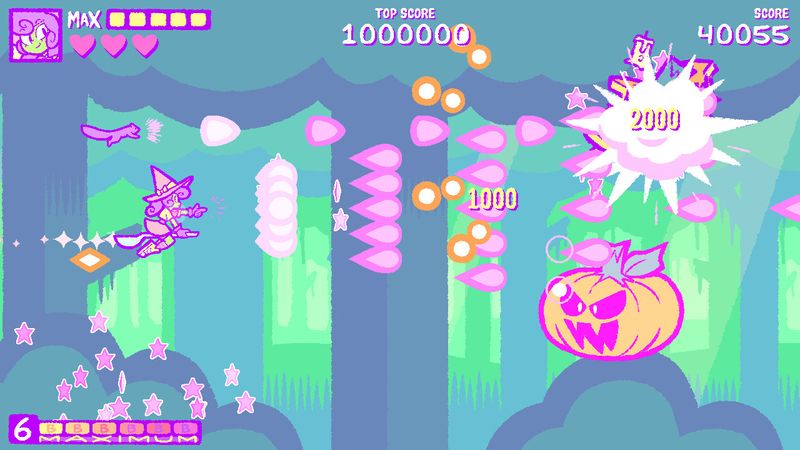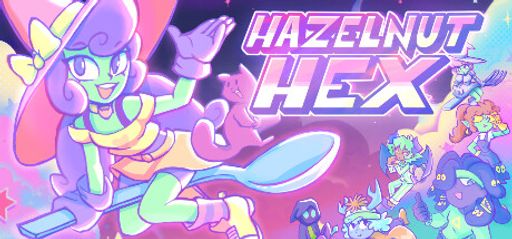I approach Chicken Invaders 4: Ultimate Omelette with a passion born from many speedruns. I have also improved techniques to save seconds off my personal best, and I was excited to try this space adventure. Developed by InterAction Studios and released on June 6, 2014, the game holds a Very Positive rating from recent reviews. Its funny idea and fun gameplay make it a top title in its category.
Overall Impression
At first glance, the game impresses with its unique idea. Also, armies of space chickens, with ruffled feathers and loud squawks, set out to save their honor. I found the story interesting right away, as it reminds me of the days when every level felt like a new challenge waiting to be won. The story mixes humor with a real love for the game. Even though the plot may seem light at first, I soon saw its clever reference to classic arcade shooters. As a speedrunner, every second matters, so this story drives me to complete each level with care.
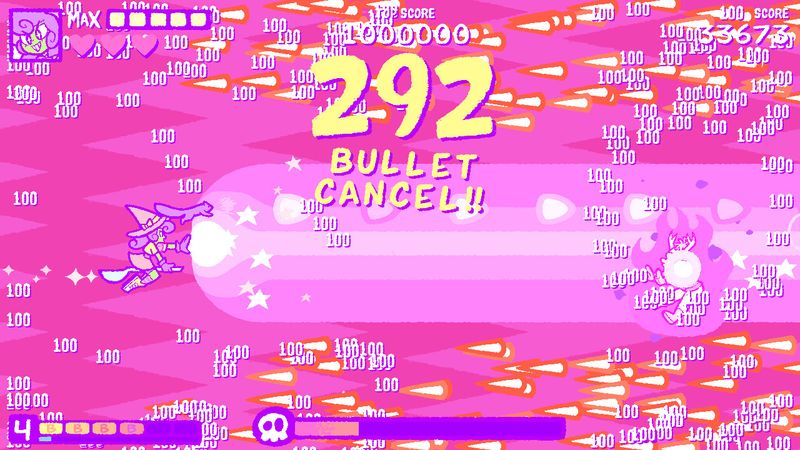
Gameplay Mechanics
The controls of Hazelnut Hex are responsive and tightly tuned. I experienced fluid movements and accurate shooting, which is essential in bullet hell titles. Every dodge and every shot felt deliberate. The developer’s detailed stage training mode proved incredibly useful in mastering the mechanics. I appreciated the option to choose between two difficulty modes. This feature allows players to adjust the challenge according to their skill level. One user shared that they enjoyed the forgiving continue system despite the game being fairly difficult. I concur wholeheartedly. The game regularly rewards precise movements and strategic planning. Specific standout moments occurred when swarms of enemies and intricate bullet patterns converged in a single screen. Such moments required full concentration and showcased the brilliance in level design. A well-thought-out score system and an online leaderboard further extend the competitive edge. I witnessed firsthand how repeated playthroughs honed my skills and tested my reflexes.
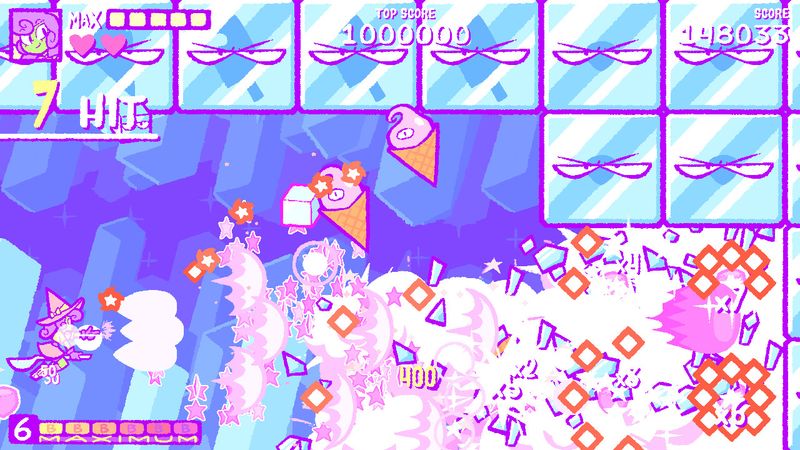
Story and Characters
Hazelnut Hex presents a narrative that is as whimsical as it is engaging. The concept of rescuing breakfast might initially seem trivial. However, the story is laced with humour and subtle commentary. I encountered quirky characters who bring personality to every stage. Each character retains a distinct charm that enhances the world-building. I discovered that the dialogue and character interactions maintain a light-hearted pace. It spurs the player to invest more in the progression of the game. While the narrative does not reach the complexity of some modern epics, it successfully creates an immersive arcade feel. This approach fits prosperously within the bullet hell genre. I appreciated that the storyline does not overshadow the gameplay. Instead, it provides context that enhances the gaming experience. The balance of narrative and action reflects the developer’s commitment to crafting an all-around appealing game.
Visuals and Graphics
The art direction in Hazelnut Hex is evident from the start. Each sprite is meticulously rendered. The animations come to life in fluid, engaging sequences that heighten tension in combat. I noticed that the visuals maintain clarity even during intense bullet storms. The vibrant colors and detailed stage designs establish a whimsical yet challenging atmosphere. The artistry pays homage to classic arcade titles without feeling outdated. I was impressed by the creative choices in character design. Every enemy and boss features a unique aesthetic that keeps the player visually engaged. The presentation remains consistent and polished throughout the game. I also observed that it works great with Proton, making it a suitable option for devices like the Steam Deck. This compatibility highlights the developers’ attention to modern gaming platforms.
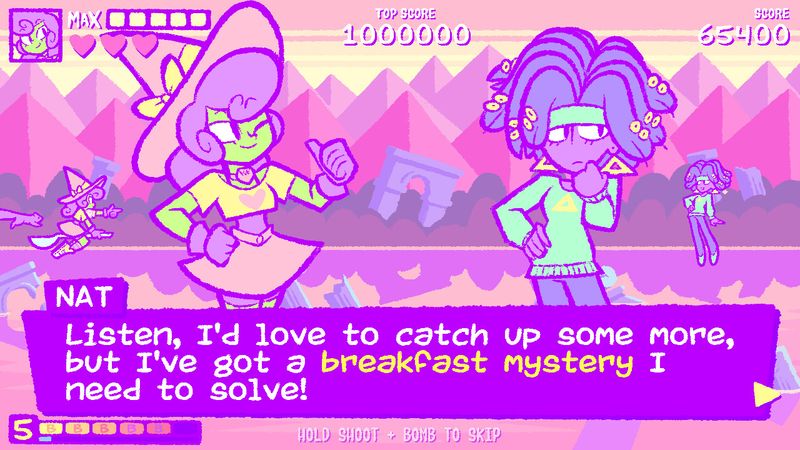
Sound and Music
Accompanying the striking visuals is a soundtrack that captures the spirit of Hazelnut Hex. The catchy music intensifies the gameplay experience without distracting from the action. Each track offers a blend of energy and creativity that mirrors the arcade roots of the game. The sound effects are crisp and rhythmic. They provide valuable cues during moments of high tension, ensuring that players remain attuned to incoming danger. I found that the juxtaposition of playful tunes with frantic gameplay creates a harmonious experience. The audio design plays a critical role in maintaining the game’s lively pace. Every shot, dodge, and explosion resonates perfectly in sync with the game’s theme. The soundtrack not only enhances the gameplay but also assures that the experience is engaging day after day.
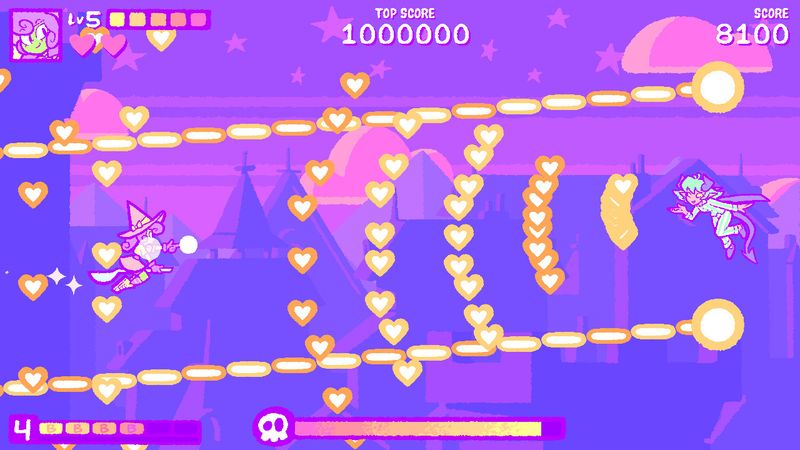
Difficulty and Replayability
Hazelnut Hex maintains an admirable balance between challenge and approachability. The game is set within two distinct difficulty modes. Casual players and dedicated enthusiasts alike have something to relish. I found the forgiving continue system encouraging. It lowers the risk of a harsh penalty while still demanding precise execution. The experience rewards persistence and self-improvement marvelously. My sessions consistently tested my reflexes and strategic planning. The online leaderboard further spurs competitive play. Many players shared their enthusiasm regarding the replayability factor, noting that the game offers more content than meets the eye. I can attest that every playthrough pushes me to master the intricate bullet patterns and unique enemy behaviors. The innovative scoring system adds layers of depth that challenge even veteran players. Replayability is built into every aspect of the design. It invites exploration and continuous skill development, a hallmark of well-executed bullet hell shooters.
Behind the Scenes and Developer Insights
Chunderfins, the developer behind Hazelnut Hex, has infused the game with personality and technical prowess. There was a notable emphasis on detail during stage training sessions. The team clearly crafted a design intended for modern platforms such as the Steam Deck. The additional care in making the game compatible with Proton further demonstrates their commitment to expanding the player base. Such attention to detail reassures me that the studio values both aesthetics and functionality. In interviews, the developers shared insights on how they aimed to merge traditional bullet hell challenges with modern user-friendly features. This philosophy is evident throughout the game. Their innovative approach is noticeable in every facet—from gameplay mechanics to art direction. These behind-the-scenes choices resonate powerfully in the finished product.
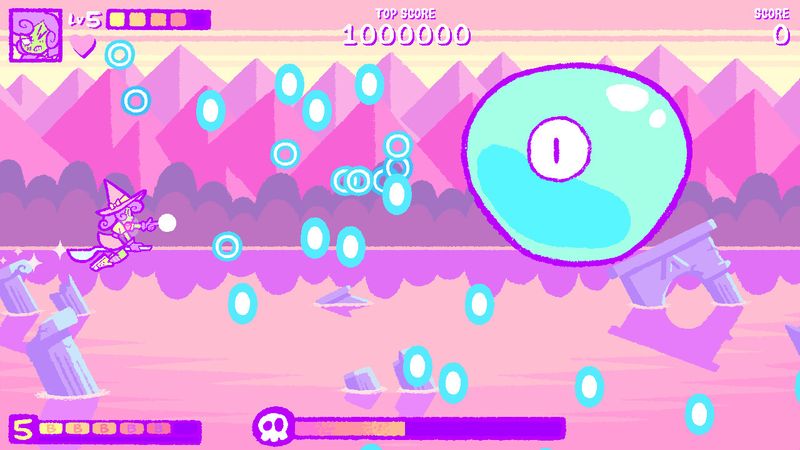
Final Thoughts
Hazelnut Hex stands out in a crowded genre. Its blend of challenging gameplay and charming narrative creates an engaging experience for every shooter enthusiast. I admired its detailed training mode and dynamic bullet patterns. The game’s controls are impeccable. In every session, I felt the thrill and satisfaction of mastering intricate combat scenarios. The replayability factor is guaranteed by its intelligent design and innovative scoring system. Chunderfins has crafted a title that respects traditional arcade roots while pushing the frame of modern gaming.
In conclusion, Hazelnut Hex is an impressive addition to the bullet hell genre. Its vibrant visuals, appealing soundtrack, and carefully balanced difficulty set it apart from similar titles. I highly recommend this game to both arcade enthusiasts and competitive shooters. It offers a refreshing challenge that remains accessible without sacrificing complexity or style. On a scale from 1 to 5 stars, I confidently award Hazelnut Hex 4.5 stars. This game delivers a memorable experience that both challenges and delights. I eagerly anticipate future projects from Chunderfins and will continue to monitor updates for any additional content or improvements.
